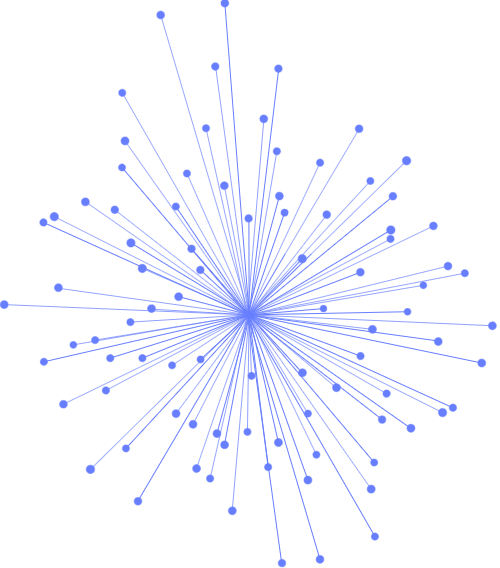
"Our tailored course provided a well rounded introduction and also covered some intermediate level topics that we needed to know. Clive gave us some best practice ideas and tips to take away. Fast paced but the instructor never lost any of the delegates"
Brian Leek, Data Analyst, May 2022








What are Entities?
What is Object Relation Mapping?
Entity Framework Options
Versions EF 6 (Full Framework) or EF Core
What is Entity Framework?
Approaches:
Understanding LINQ and language features
Anonymous Types
Object Initializers
Extension methods
Lambda Expressions
Query Expressions
Using Lambdas
Motivation
Best practices
Understanding CSDL, SSDL and MSL
Querying the EDM XML
Code Generation Options
ObjectContext vs DBContext
Entity Properties
Navigation properties
Mapping Stored Procedures
Adding to the Model
Functions
Mapping Views
Working with many to many relationships
Understanding LINQ and language features
Anonymous Types
Object Initializers
Extension methods
Lambda Expressions
Query Expressions
Using Lambdas
Creating Entities from a Database
Use of Partial Classes
Annotations
Creating Entities
Applying Conventions
Attributes (Data Annotations)
Creating Complex Types
Defining Navigation Properties
Connection to Database (Context)
What are Migrations?
Creating Migrations
Creating the Database
Using LINQ to perform Queries
Querying Across Associations
Joins and Nested Queries
Grouping
Shaping results
Deferred and Eager Loading
Getting a Single Entity
Wrapping and Unwrapping
Use of Context for Connection
Change Tracking
Saving Changes
Asynchronous working
Inserting Parents and Children
Transaction Support
Validation and Data Annotations
Partial Classes and Metadata
Configuring for ASP.NET MVC
In Memory Database


"Our tailored course provided a well rounded introduction and also covered some intermediate level topics that we needed to know. Clive gave us some best practice ideas and tips to take away. Fast paced but the instructor never lost any of the delegates"
Brian Leek, Data Analyst, May 2022
“JBI did a great job of customizing their syllabus to suit our business needs and also bringing our team up to speed on the current best practices. Our teams varied widely in terms of experience and the Instructor handled this particularly well - very impressive”
Brian F, Team Lead, RBS, Data Analysis Course, 20 April 2022

Sign up for the JBI Training newsletter to receive technology tips directly from our instructors - Analytics, AI, ML, DevOps, Web, Backend and Security.
This Entity Framework training course will show the .NET ways of working with Object Relation Mapping. How to both create or query relational databases.
Entity Framework has evolved over the years and supports both Full Framework and .NET Core; both of which can be covered.
Whilst there are differences between Full Framework and .NET Core versions, there are many common features.
The course shows how the Entity Framework can be used in a number of ways, either starting with an existing database or by creating entities in code from which a database can be created.
As well as the usual Create, Read, Update and Delete functionality, support for transactions and change tracking will also be demonstrated. .NET LINQ together with the use of Lambdas and Extension methods will be used to illustrate comprehensive capabilities to querying for data. Asynchronous working will also be used.
CONTACT
+44 (0)20 8446 7555
Copyright © 2025 JBI Training. All Rights Reserved.
JB International Training Ltd - Company Registration Number: 08458005
Registered Address: Wohl Enterprise Hub, 2B Redbourne Avenue, London, N3 2BS
Modern Slavery Statement & Corporate Policies | Terms & Conditions | Contact Us
POPULAR
AI training courses CoPilot training course
Threat modelling training course Python for data analysts training course
Power BI training course Machine Learning training course
Spring Boot Microservices training course Terraform training course